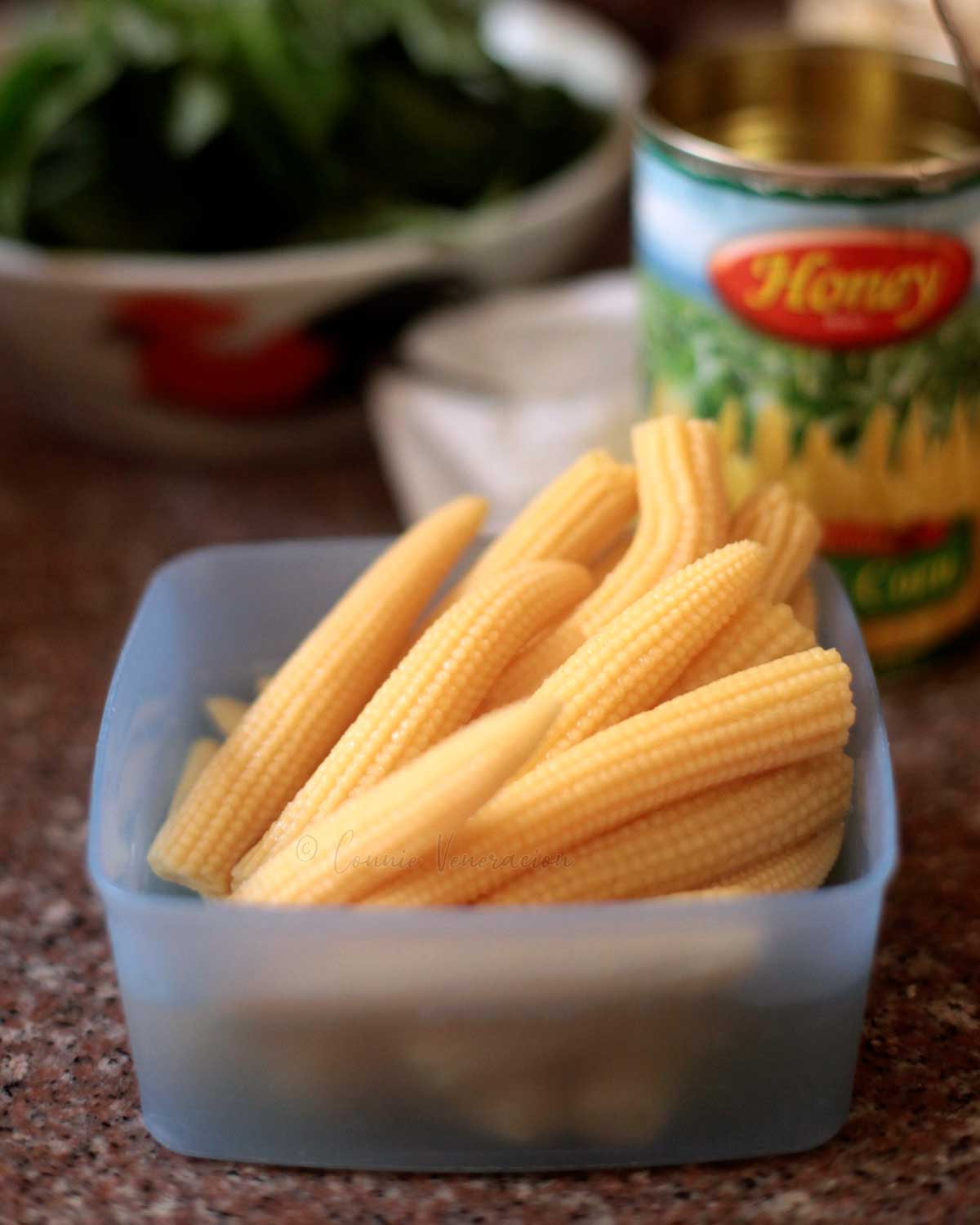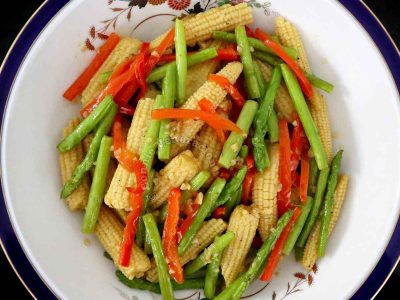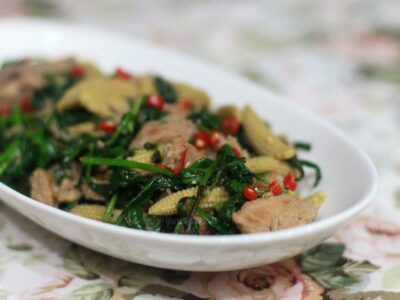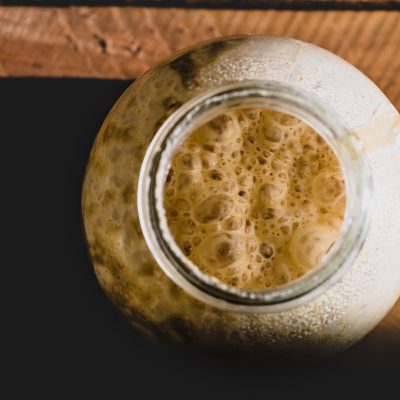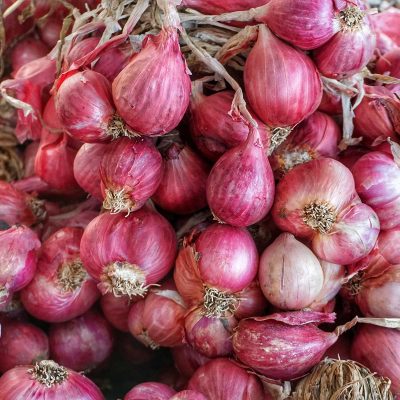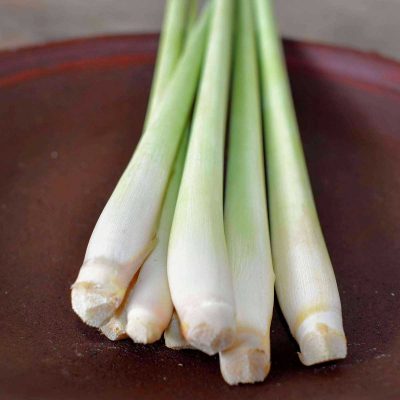If you’re a fan of Asian food, you have probably encountered baby corn in stir fries and soups. Baby corn is big in Asia especially in Chinese cooking where it figures prominently.
What is young a.k.a. baby corn?
Should we take its name literally to mean that the corn ears are plucked before their time?
Yes.
Food activists might claim that sounds all wrong — if a single corn can feed a person, where’s the logic in feeding him a dozen baby corns to make him feel full?
I suppose it’s a culture thing. Some cultures don’t eat pork, some don’t beef, we eat corn that weren’t allowed to reach maturity.
How is baby corn produced, exactly?
There are two methods for producing baby corn, either as a primary crop or as a secondary crop in a planting of sweet corn or field corn. In the first method, a seed variety is chosen and planted to produce only baby corn. In the second production method, the variety is selected to produce sweet or field corn (Galinat, 1985). In this method, the top ear is allowed to mature for sweet corn or field corn while rest of the ears of the plant are harvested for baby corn.
“BABY CORN: A WONDERFUL VEGETABLE” in the International Journal of Science, Environment and Technology
Ideally, baby corn should be harvested while they are two to four inches long. The best ones are no more than three inches long.
Okay, they look pretty in any dish. But is baby corn nutritious?
Well, that depends on what you mean by nutritious. If you’re a keto dieter, baby corn would be your friend. At that immature stage, no sugar has been deposited in the kernels yet and low in carbohydrates.
If you’re into a low-calorie / high fiber diet, baby corn is low in calories, high in fiber and, therefore, supplies the bulk that satisfies the stomach.
Between fresh and canned baby corn, which is better?
If you abhor additives, well, the fresh ones are better, of course. No added sodium nor sugar. There are a couple of drawbacks though.
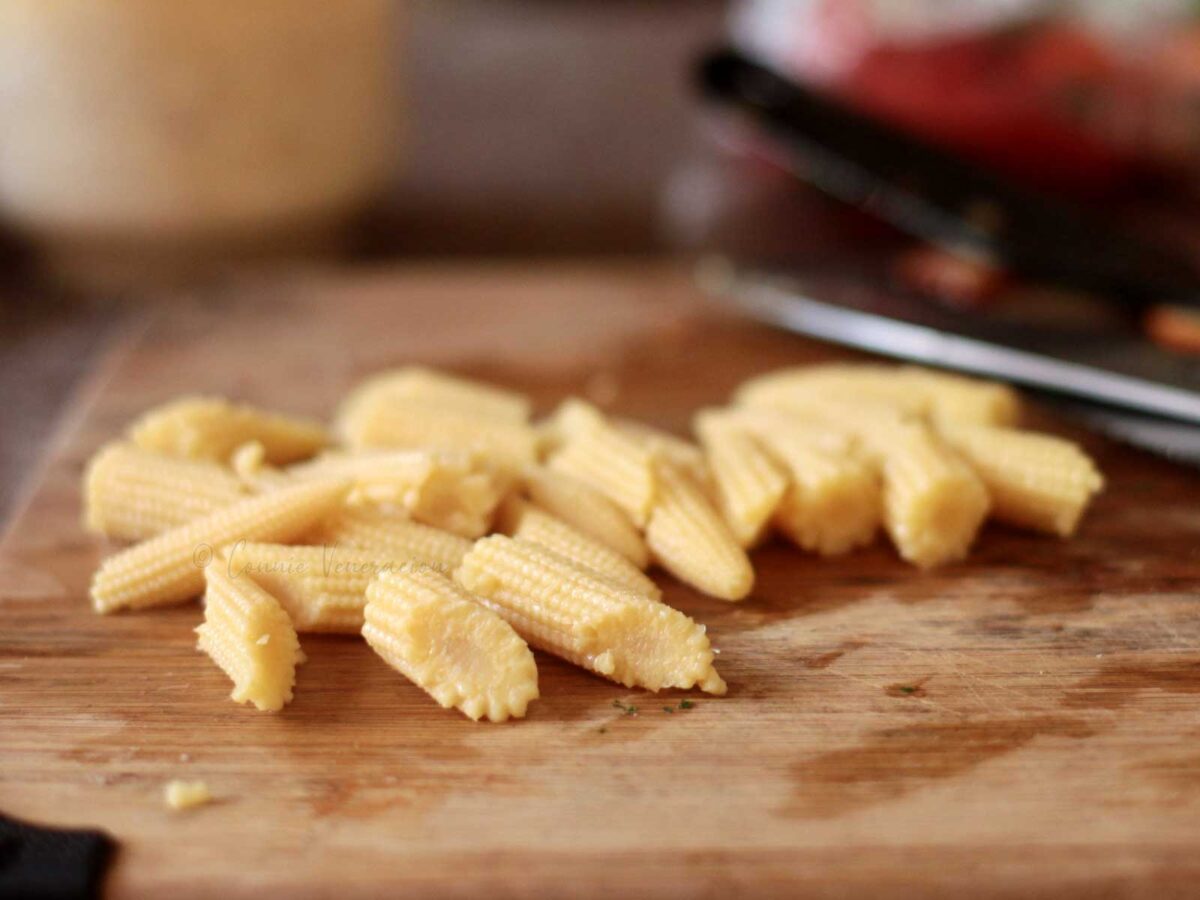
1. In terms of flavor, fresh baby corn doesn’t have much.
2. With baby corn longer than three inches, the core is a bit tough and it’s not exactly palatable. Hence, the necessity of cooking larger baby corns separately before throwing them into a salad, stir fry or soup. An easy extra step, really. Boil in salted water for about ten minutes and they’re so much better.
These drawbacks are the big pluses of canned baby corn. Just open the can, drain the corn and that’s it. It’s been salted and sugar has been added. Plus, of course, the fact that the canned variety is available in almost every grocery store any time of the year.
Buying canned baby corn
Not that all canned baby corn are equal in every aspect. With some brands, the baby corn are large; with others, the baby corn are no more than two and a half inches in length.
Since canned food go by net weight, you get less number of baby corn if they are large. So, if you customarily serve them whole and you’re particular about everyone getting an equal share, with the larger baby corn, each person will get less number of baby corn on his plate.
In Asia, however, we don’t eat on a per plate basis. Asian dining is family style — all dishes in serving platters or bowls at the center of the table and each person gets how much or how little he wants.
And since baby corn is often an ingredient of stir fried dishes and soups, I find it best to cut them in about the same size and shape as they rest of the ingredients — into two portions if they are small or in three portions if they are rather large.
In effect, the number of pieces that end up in the serving platter is about the same.
Recipes with baby (young) corn
Garlic butter asparagus and baby corn
A fast-cooking side dish that goes well with meat, garlic butter asparagus and baby corn is deliriously creamy and spicy at the same time.
Ginger chili pork with spinach and baby corn
Easy prep with a short cooking time, this delicious pork and vegetable dish has just the right amount of heat to make you reach out for more rice.

